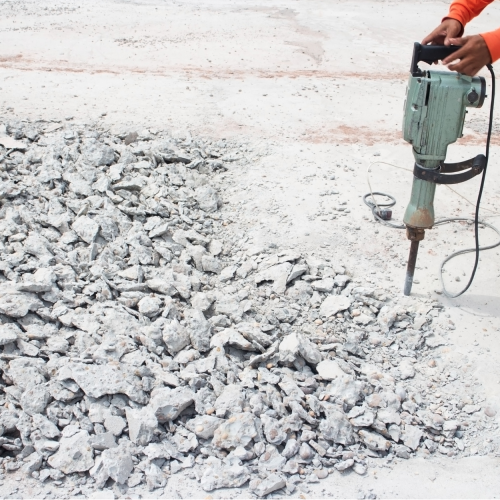Idaho's Best Choice Concrete Contractor
We serve commercial & residential customers in Idaho County. See all the locations we serve.
Garden City, Highlands, Vernon, Hillcrest, Ustick, Eagle, Meridian, Blacks Creek, Pleasant Valley, Mora, Owyhee, Kuna, Star, Nampa, Regina, Fischer, Swartz Corner, Collister, Veterans Park, Winstead Park, Quail Ridge, Harrison Boulevard, Depot Bench, Morris Hill, Maple Grove – Franklin

